UNStudio Q&A
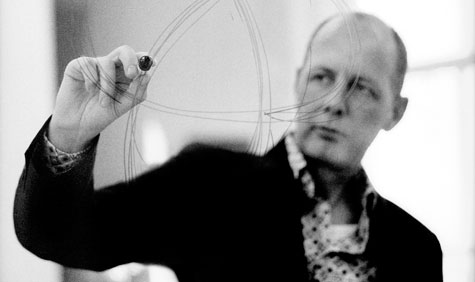
What was the main concept behind the Graz Music Theatre design?
We always aimed for it to be, on one side a place where you listen to music – the part including the main hall and stage - and on the other, the space where you come in and embrace music – the foyer, reception and rehearsal space etc. So, in one building you have first the space where you look at music, and then, the space where you listen to it.
How long did it take you to develop the Theatre’s proposal? Did the concept/design change much during that time?
Oh yes, it changed a lot! It was almost another design when we entered the competition. It took about 8 years for the project to reach construction stage. A lot of changes were made to the design while we were developing the concept and waiting for the necessary funds to realise it. It changed a lot during that time.
What were the challenges of designing a theatre, taking into consideration that this one had very specific technical and acoustical requirements?
The technical requirements influenced the design a lot. We had to do a lot of computer tests, as the space needed to deliver top performances of all kinds of music, from classical to contemporary. It took us a while to get all the elements right, but in the end we did, and many interesting construction elements evolved from the use requirements, like the cantilevered box, for instance.
What were the challenges and benefits of designing in Graz?
Receive our daily digest of inspiration, escapism and design stories from around the world direct to your inbox.
I know Graz very well and I’ve always liked it. Not many people know the great architecture and history of Graz, and the Graz Architecture School. The cityscape may look rather classical and historical at first glance, but there are actually many modern buildings to discover. But you have to know where to look for them. Two of my favourites are the Botanical Gardens, and the nearby Steinhouse by architect Gunther Domenig (featured in W*62).
When designing, is there something in particular that you focus on? (Material, form, use etc)
I do all-round disciplined architecture. I graduated from the AA in the 1980s – a sublime period for architecture – and that plays a big role in how I work. External influences can always play a role but then you have to bring your own, new ideas. I pay attention to everything; for instance sustainability, public use, I try not to have too many signs in the building, and I pay attention to light. I like to work with all the classical elements of architecture, even though the result has often been described as cutting-edge! I often also focus on 1-2 main details or characteristics, and try to make them as strong as possible.
What is your favourite method of working?
I work with a lot of different techniques. I definitely like modern methods and computers; it is after all the way forward. However you have to remember that they help but they are not the answer to everything. We always do a lot of research on many levels, and we also talk a lot. There were about 10-16 people working on the Graz project at any one time and, like in every project, we worked interactively and discussed a lot. I personally spend time on every project.
How do you choose the projects you will work on? What is the main criterion?
That the client can pay us! It is occasionally helpful to know whom, and which architects, the client has worked with in the past.
What would your ideal project be?
I don’t have one. I like variety and love designing on different scales; from furniture and products to large-scale architecture, like bridges. For example, I am currently speaking with Moroso about a possible collaboration.
You both teach and practice architecture; which one do you prefer?
I absolutely love teaching. It is one of my favourite activities. I teach now in Frankfurt, at the Staedelschule, which is one of the top schools at the moment for art and architecture. It is also very exclusive, even though they are now deciding to open up a bit more.
How has the perception of architecture changed since you started practicing?
A lot. Over the years I have actually learned that architecture is not all that important! I started from the art and graphics side, and had always looked up to architecture. Today I think that, as much as it is obviously important, you have to embrace the importance of what you do inside a building, rather than just the shell itself. The architecture is there to support the actual use. It is a background; an important background, but even so, embracing the use is the key to a good design.
What was your office's most significant project, built or unbuilt, when you were starting out?
Well, I like to believe that they all are. If I had to pick one I’d say that it was the bridge in Rotterdam (Erasmus Bridge, 1996). I was young when I designed it and I never really thought that it would become such a symbol for the city.
How big was your practice when you first established it, and how big is it now?
When we first started, nearly 20 years ago, we were literally three people, working around my kitchen table at home! Now there are over 100 people in the office, which is great, and I feel that we are in the best phase ever.
What do you think is the most important trait one could have as an architect?
In today’s world, I’d have to say speed! Everybody needs everything so quickly that they forget about 'cooking' time. You always need time to think things over. But speed of course has to go hand in hand with excellent organisation.
What advice would you have for today's young generation of architects?
Don’t imitate and don’t look to anybody else to get ideas. Be innovative and follow your intuition. Don’t follow stylistic references. Liberate.
Ellie Stathaki is the Architecture & Environment Director at Wallpaper*. She trained as an architect at the Aristotle University of Thessaloniki in Greece and studied architectural history at the Bartlett in London. Now an established journalist, she has been a member of the Wallpaper* team since 2006, visiting buildings across the globe and interviewing leading architects such as Tadao Ando and Rem Koolhaas. Ellie has also taken part in judging panels, moderated events, curated shows and contributed in books, such as The Contemporary House (Thames & Hudson, 2018), Glenn Sestig Architecture Diary (2020) and House London (2022).
-
 Wallpaper* Design Awards: cult London fashion store Jake’s is our ‘Best Retail Therapy’
Wallpaper* Design Awards: cult London fashion store Jake’s is our ‘Best Retail Therapy’Founded by Jake Burt, one half of London-based fashion label Stefan Cooke, the buzzy, fast-changing store takes inspiration from Tracey Emin and Sarah Lucas’ 1993 The Shop and Tokyo’s niche fashion stores
-
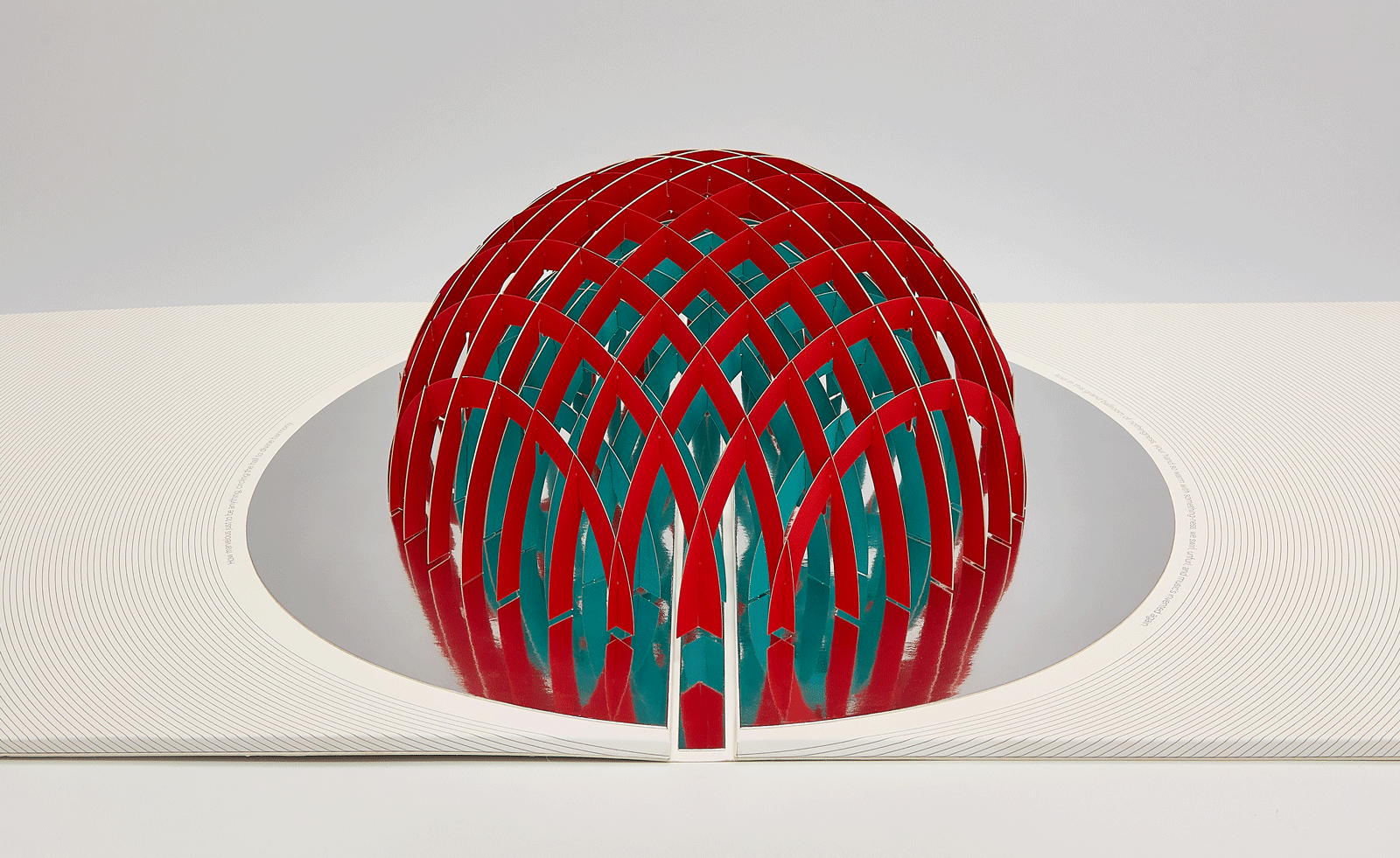 Behind the scenes of OK Go's Grammy-nominated vinyl packaging
Behind the scenes of OK Go's Grammy-nominated vinyl packagingIndie-rock group OK Go have returned with an innovative new sound and look for their fifth album. We meet singer Damian Kulash to find out more.
-
 A new venture led by will.i.am, Trinity is an electric, AI-powered ‘brain on wheels’
A new venture led by will.i.am, Trinity is an electric, AI-powered ‘brain on wheels’The tilting Trinity 3-wheeler EV has emerged from a partnership between Nvidia, West Coast Customs, inventor Dean Kamen and tech-enthused musician and cultural entrepreneur will.i.am
-
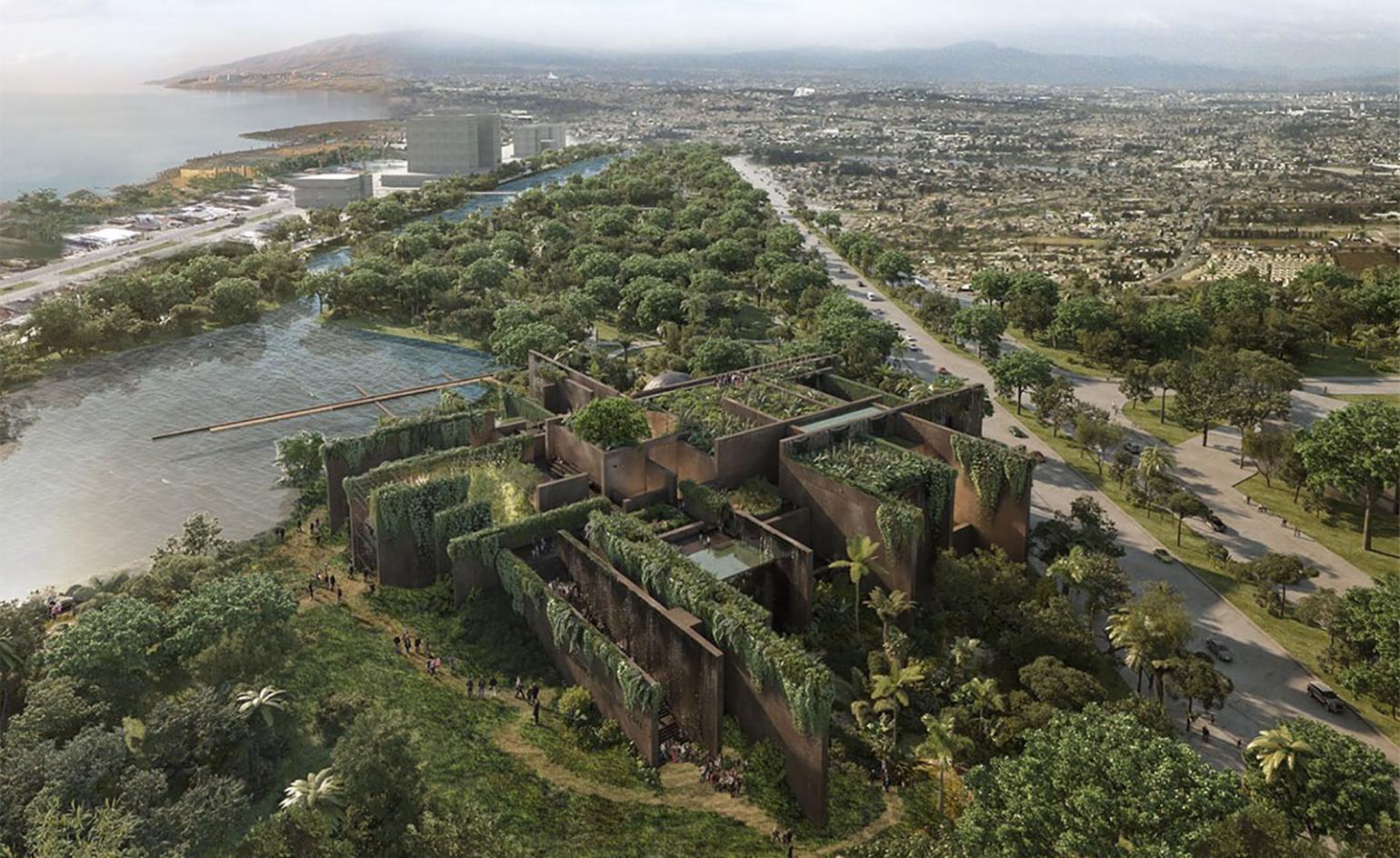 Out of office: coffee and creative small talk with Tatiana Bilbao
Out of office: coffee and creative small talk with Tatiana BilbaoBodil Blain, Wallpaper* columnist and founder of Cru Kafé, shares coffee and creative small talk with leading figures from the worlds of art, architecture, design, and fashion. This week, it’s Mexican architect Tatiana Bilbao, who is currently designing a brutalist, ethical aquarium in Mazatlán and has an exhibition at Copenhagen's Louisiana Museum of Modern Art opening in October 2019
-
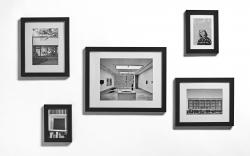 At home with Deborah Berke
At home with Deborah BerkeArchitect Deborah Berke talks to us about art, collaboration, climate change and the future, from the living room of her Long Island home
-
 Rheaply redefines circular economy in architecture
Rheaply redefines circular economy in architectureOn Earth Day 2022, we speak to Rheaply founder Garry Cooper Jr about his innovative business that tackles reuse and upcycling in architecture and construction
-
 Paolo Soleri's sustainable urban experiment Arcosanti enters new era
Paolo Soleri's sustainable urban experiment Arcosanti enters new eraWe meet Liz Martin-Malikian, Arcosanti’s new CEO, who takes us through the vision and future for Paolo Soleri's sustainable urban experiment
-
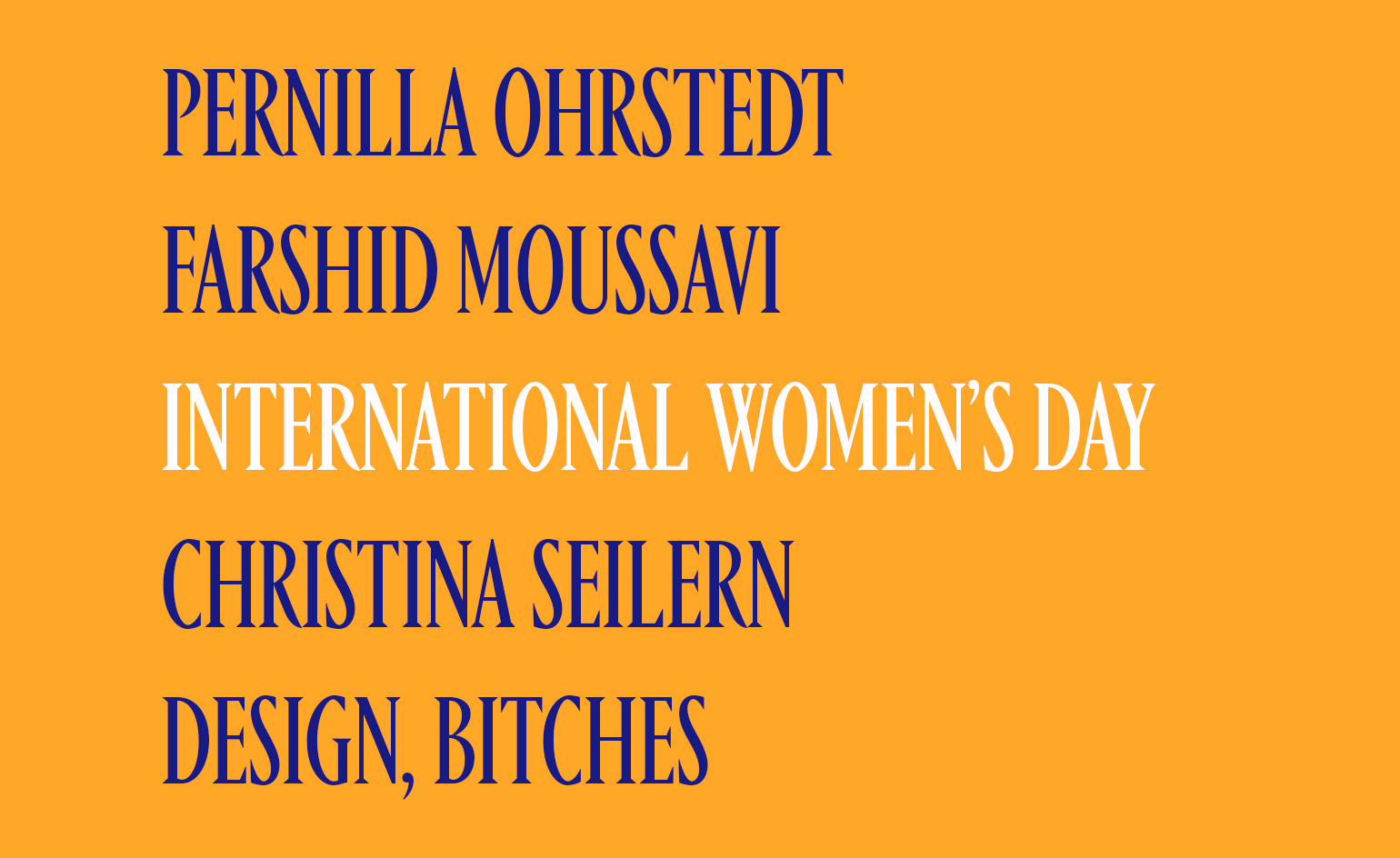 International Women’s Day: leading female architects in their own words
International Women’s Day: leading female architects in their own wordsInternational Women’s Day 2022 and Women’s History Month: Wallpaper* talks to four leading female architects about dreams, heroines and navigating the architecture world
-
 Sou Fujimoto judges Wallpaper* Design Awards 2022
Sou Fujimoto judges Wallpaper* Design Awards 2022We chat with Wallpaper* Design Awards 2022 judge Sou Fujimoto about his work in Japan and abroad, and our shortlisted designs and winners
-
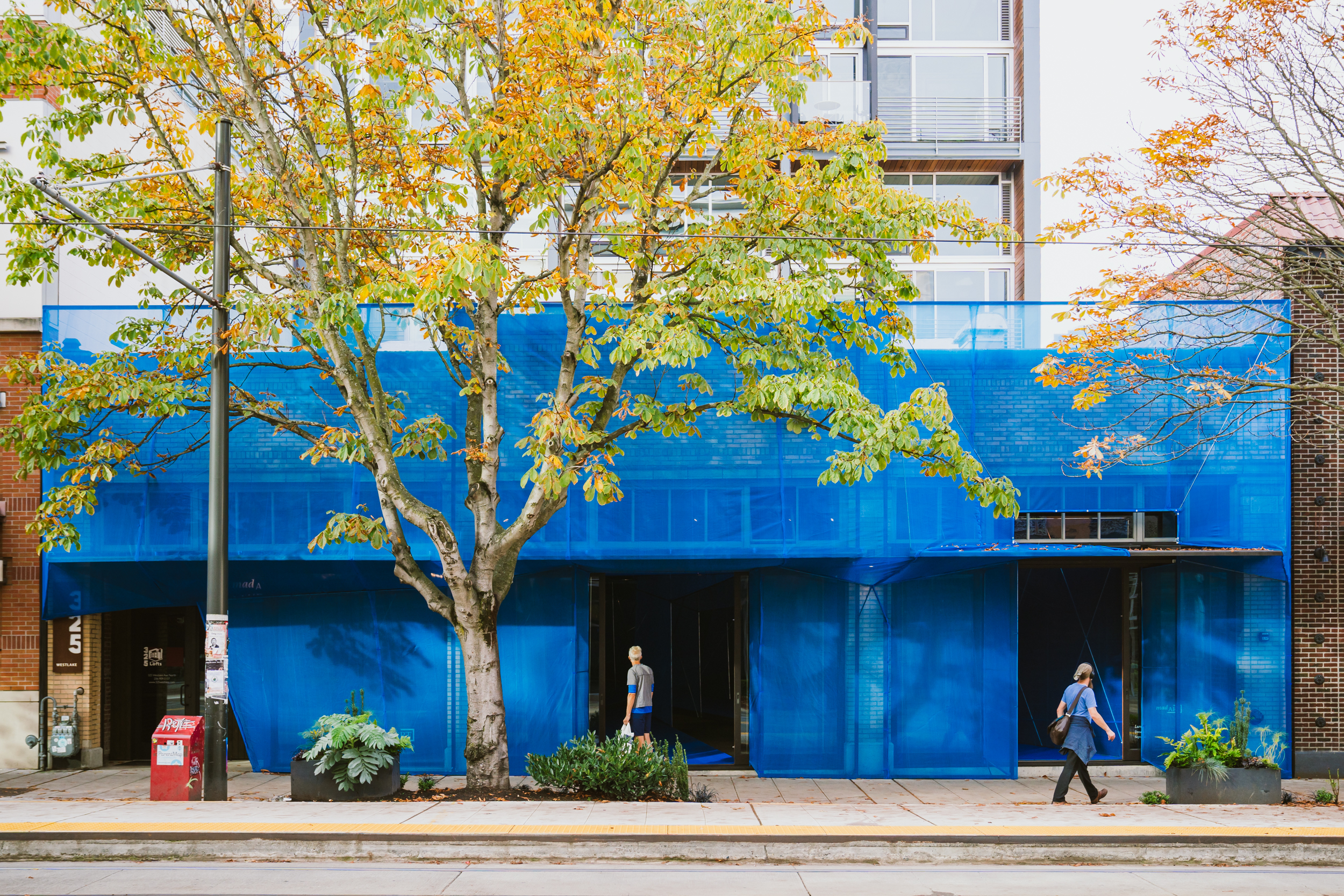 Dream the Combine cross-pollinates and conquers
Dream the Combine cross-pollinates and conquersThe American Midwest is shaking up the world of architecture. As part of our Next Generation 2022 project, we’re exploring ten local emerging practices pioneering change. Here we meet Minneapolis duo Dream the Combine
-
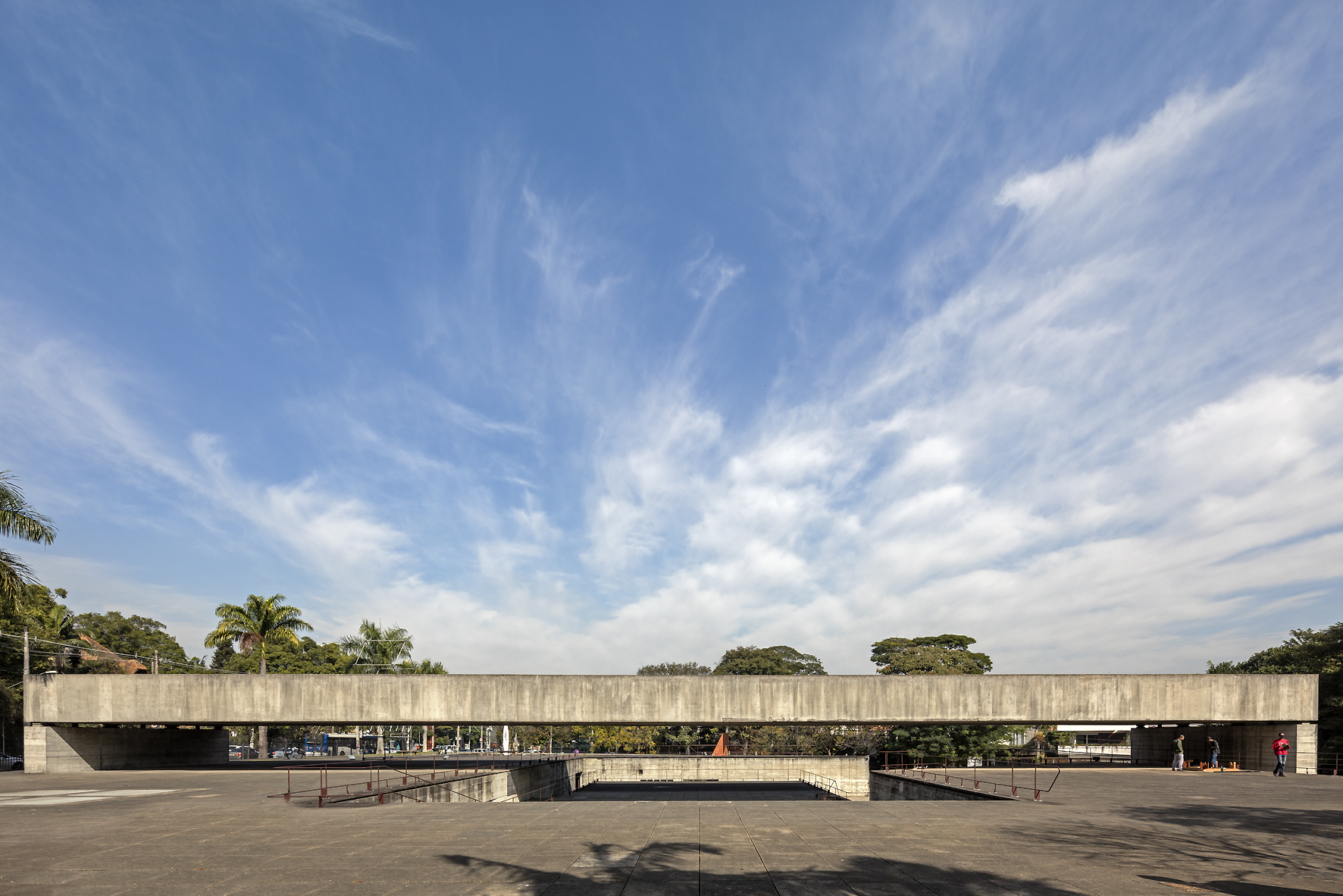 Architecture in the words of Paulo Mendes da Rocha
Architecture in the words of Paulo Mendes da RochaGreat modernist Paulo Mendes da Rocha passed away on 23 May 2021 aged 92. Here, we revisit the interview he gave Wallpaper* in 2010 for our Brazil-focussed June issue, talking about architecture, awards and his home country